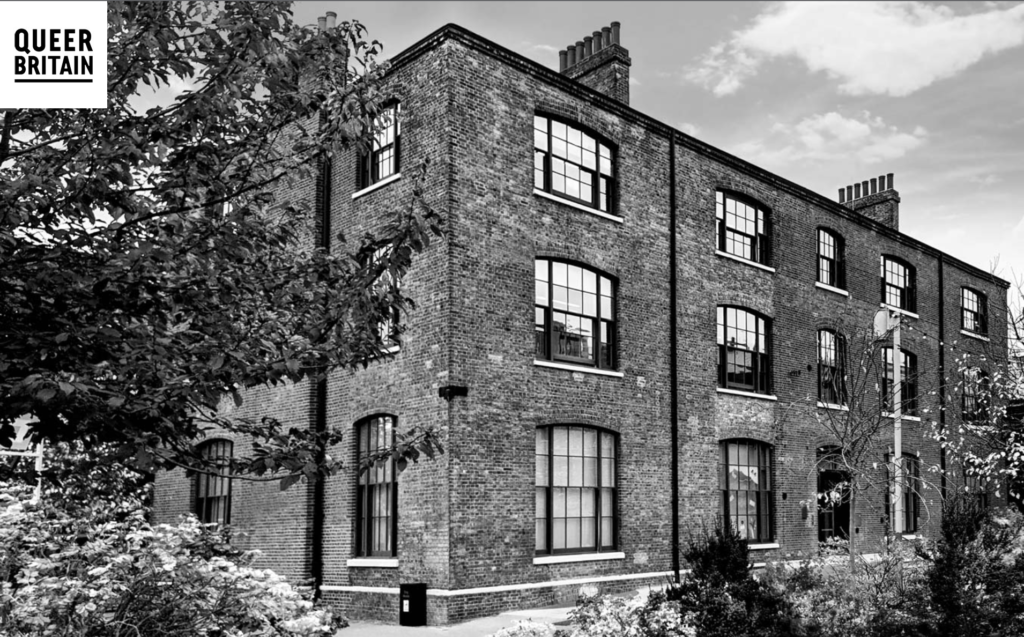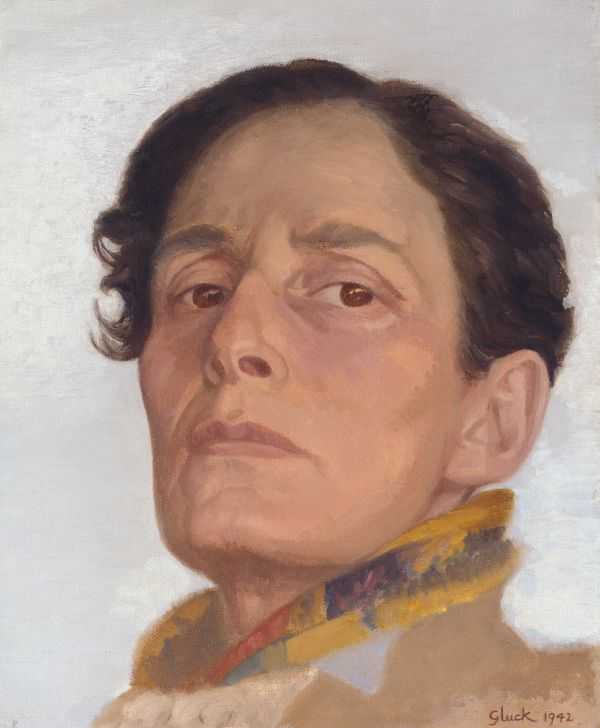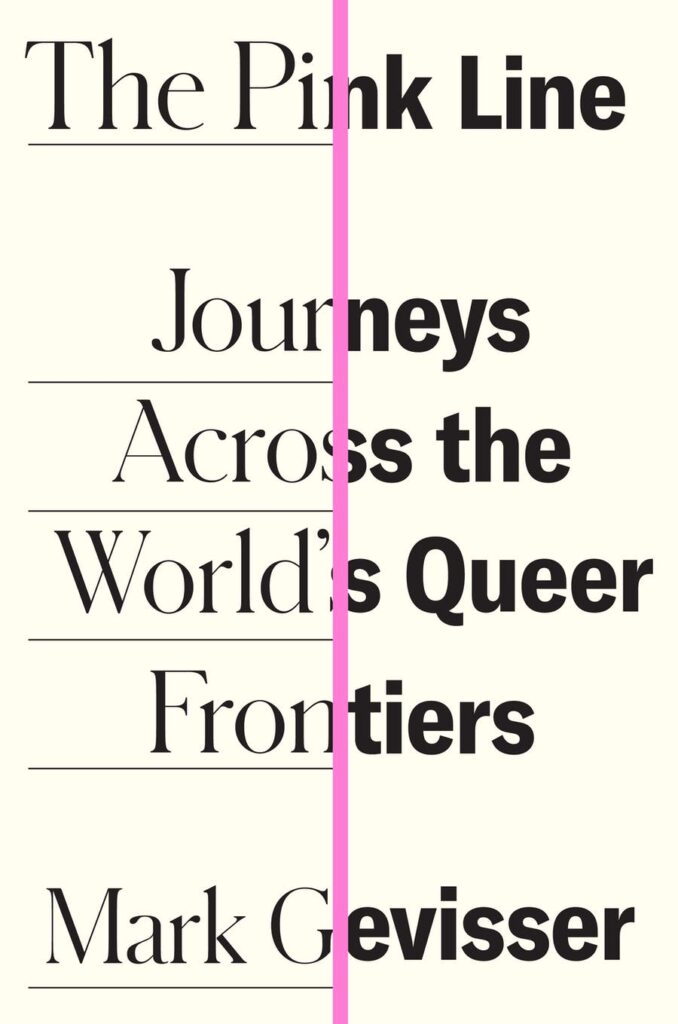
Tomorrow marks the opening of Queer Britain, the museum space in newly redeveloped old warehouses behind King’s Cross Station. With a disparate group of trustees and supporters with backgrounds as varied as are the faces of the LGBTQ+ community, this must then presage the variety of exhibits and purposes the museum seeks to serve.
Both in purpose and chronology, the museum’s founding marks a follow-on from the 2017 Tate Britain exhibition ‘Queer British Art 1861-1967’ curated by Clare Barlow. The exhibition itself marked 50 years since the partial decriminalization of same-sex activity in Britain, which process moved forward with glacial slowness despite recommendations contained in the Wolfenden Report, commissioned by Parliament, and published in 1957.
However, it is 65 years on since the Wolfenden Report, and now, at long last, being queer in Britain, temporized by Tate Britain in 2017, can become quite literally institutionalized. With all that, one needs to realize that, whatever its public objective, it privately becomes a safe space for any and all who identify as queer.
It’s this knowledge that safe spaces are still essential that we should all find troubling, and mea culpa, I have to remind myself of this sad fact of modern life. Out and with a relationship of nearly 42 years’ duration, I lose sight of the fact that I have been lucky enough to create my own safe space and with the ability, if required, to retreat into it. On the days at work when someone sought to denigrate whatever it was I had to say, broadly hinting that as a gay man, my thoughts must of course be addled as those of my straight colleagues would not be, home was and still is a bastion of safety and comfortability.
So, indeed, fortunate, but the fact of the establishment of Queer Britain makes it abundantly clear that not everyone is as fortunate, and that it remains essential that, despite public sanctions, safe spaces exist. As I recall ‘Queer British Art’, I am reminded of the exuberance of Duncan Grant whose Bloomsbury Group freedom allowed his production of art that made no secret of his sexuality. I must, however, contrast Grant with his contemporary Glyn Philpot whose own homoerotic artworks were at odds with his private torment. And this says nothing at all about those in our own time who’ve escaped governments and cultures where being queer is tantamount to asking for- and receiving- a death sentence. Mark Gevisser’s recent The Pink Line: The World’s Queer Frontiers makes it abundantly clear that the danger of being queer is, in the larger world, more the rule than the exception.
And so we have Queer Britain, another step in a very long journey that some of us have found easier to tread than have others. My own challenge, and Queer Britain is a timely reminder, is to be wary of an enveloping comfortability, and remain mindful of one’s queerness and in so doing, make it possible for others who’ve not been so lucky to have the ability to be their own queer selves.


